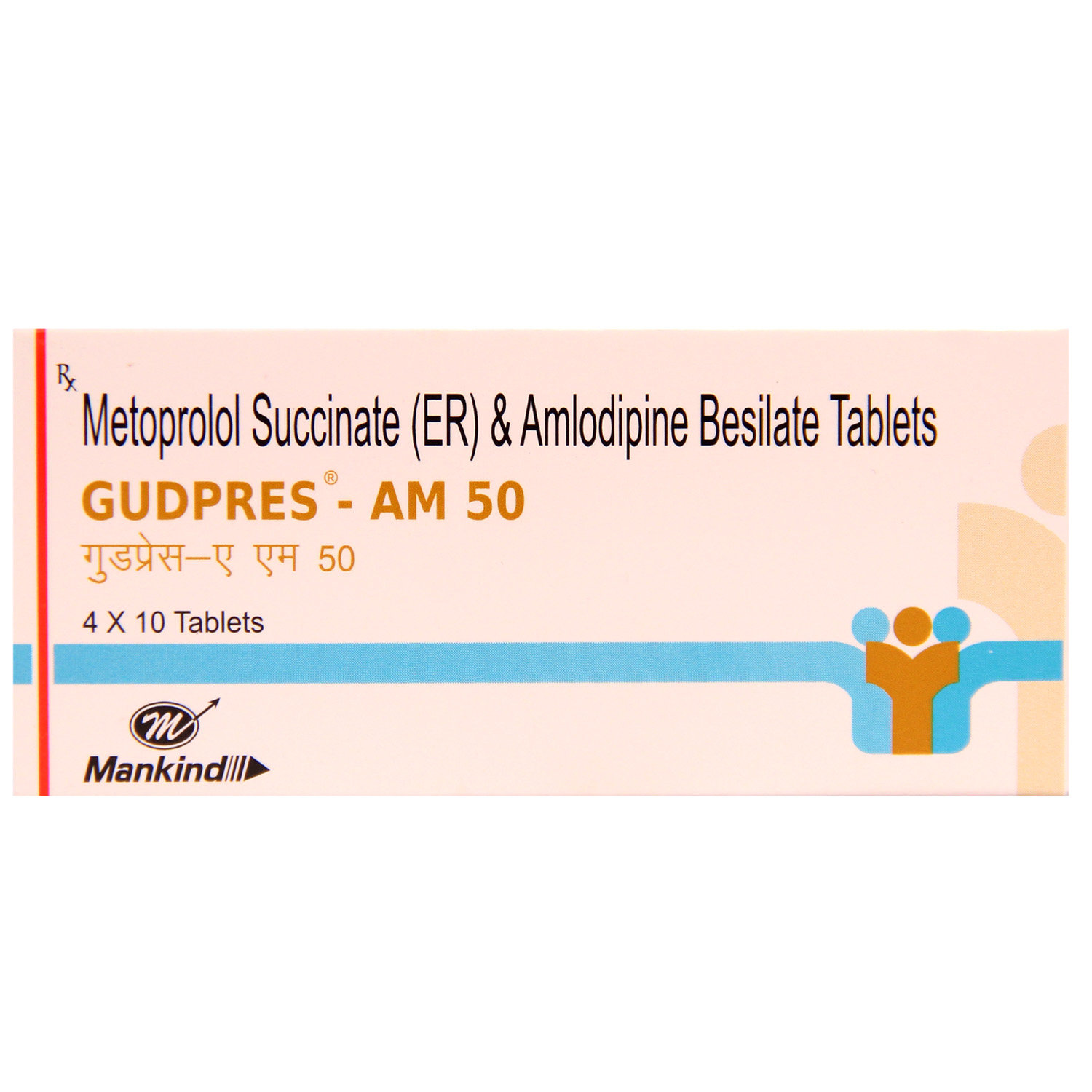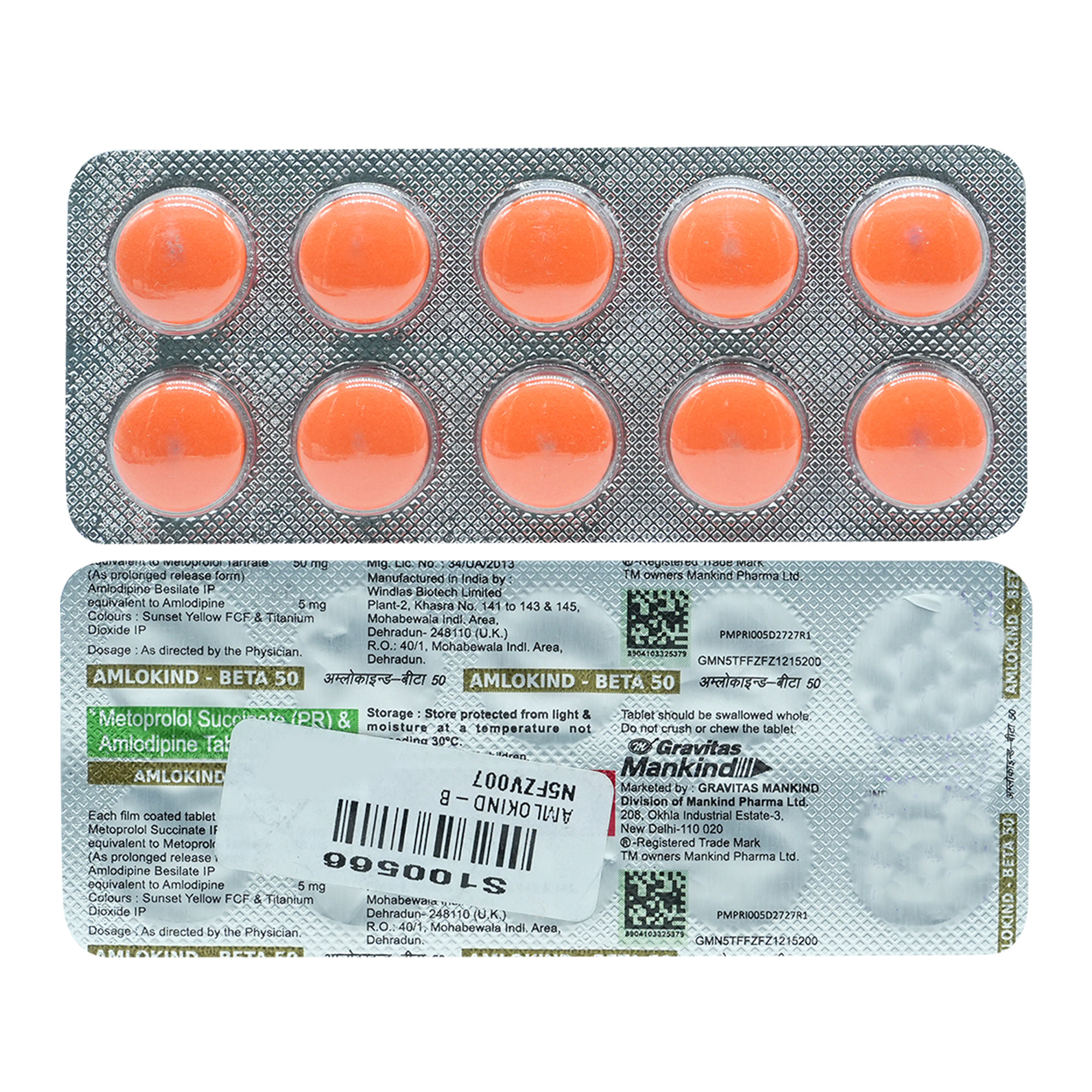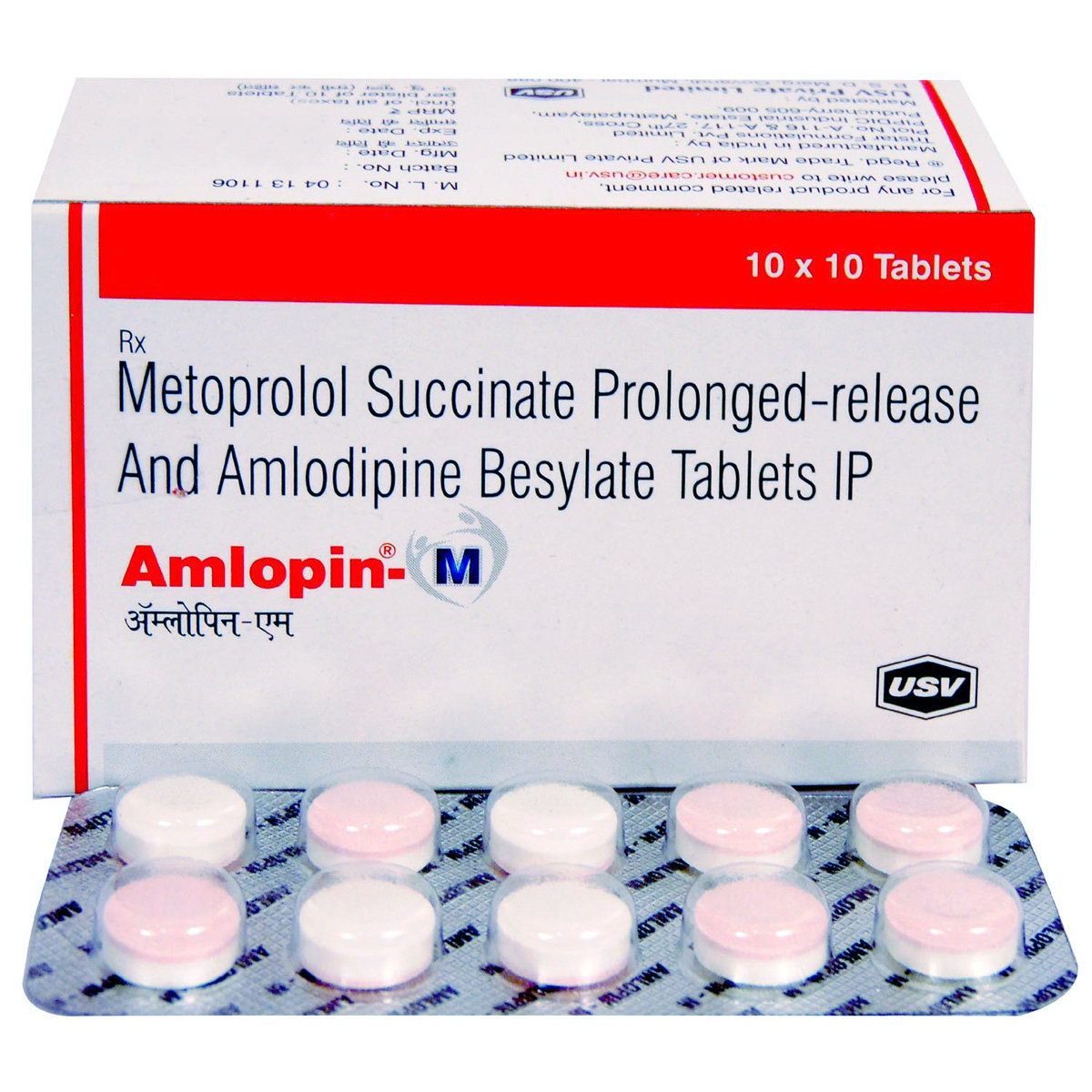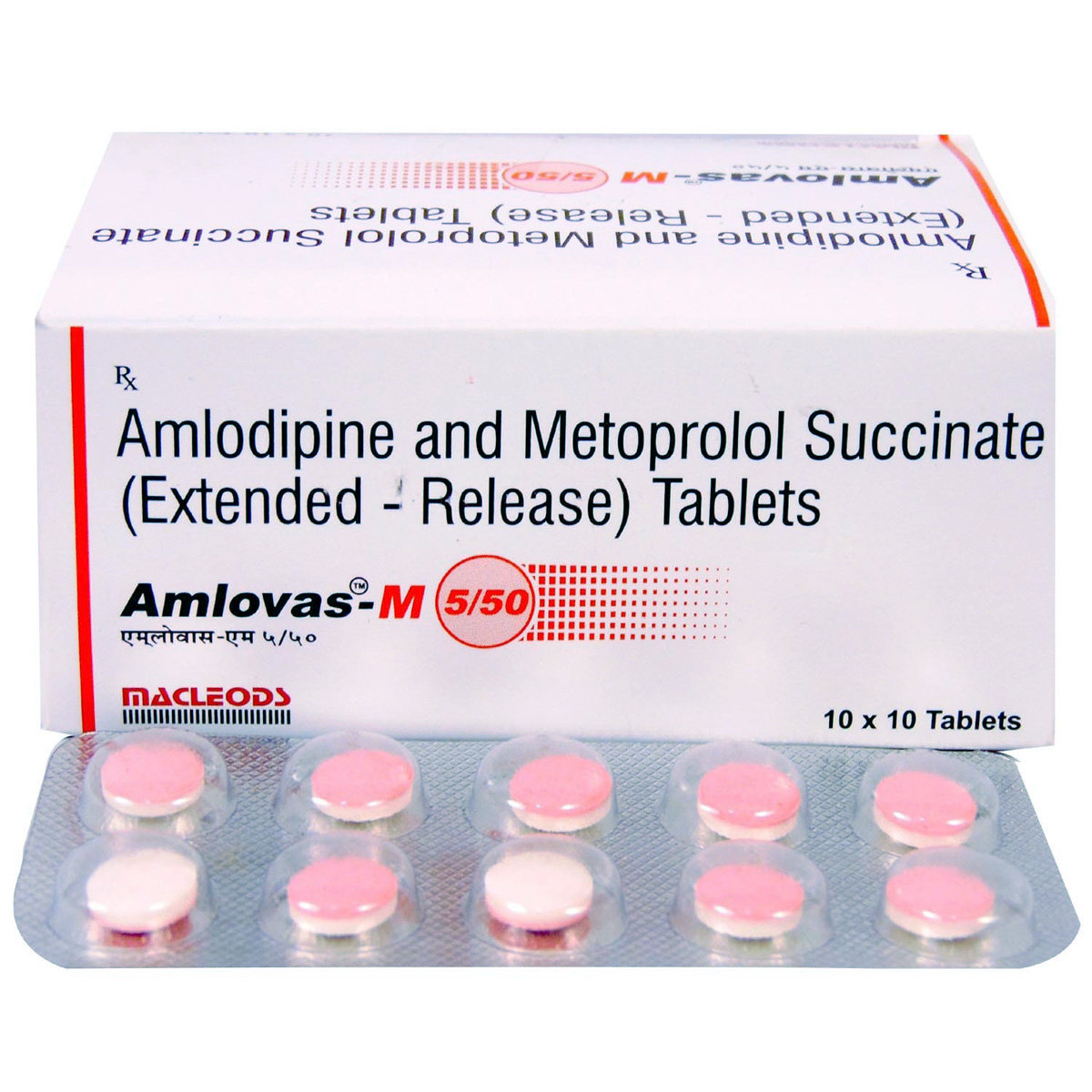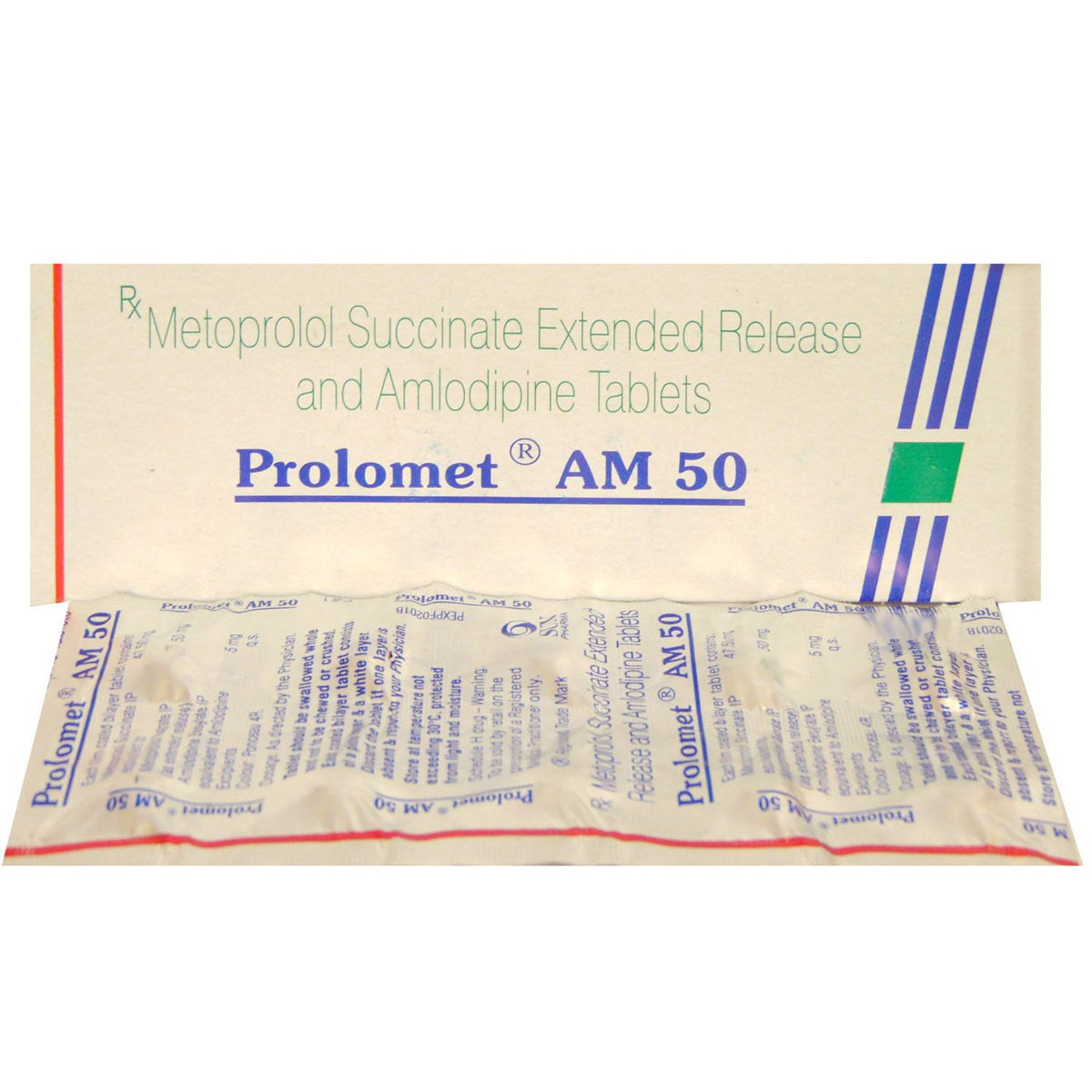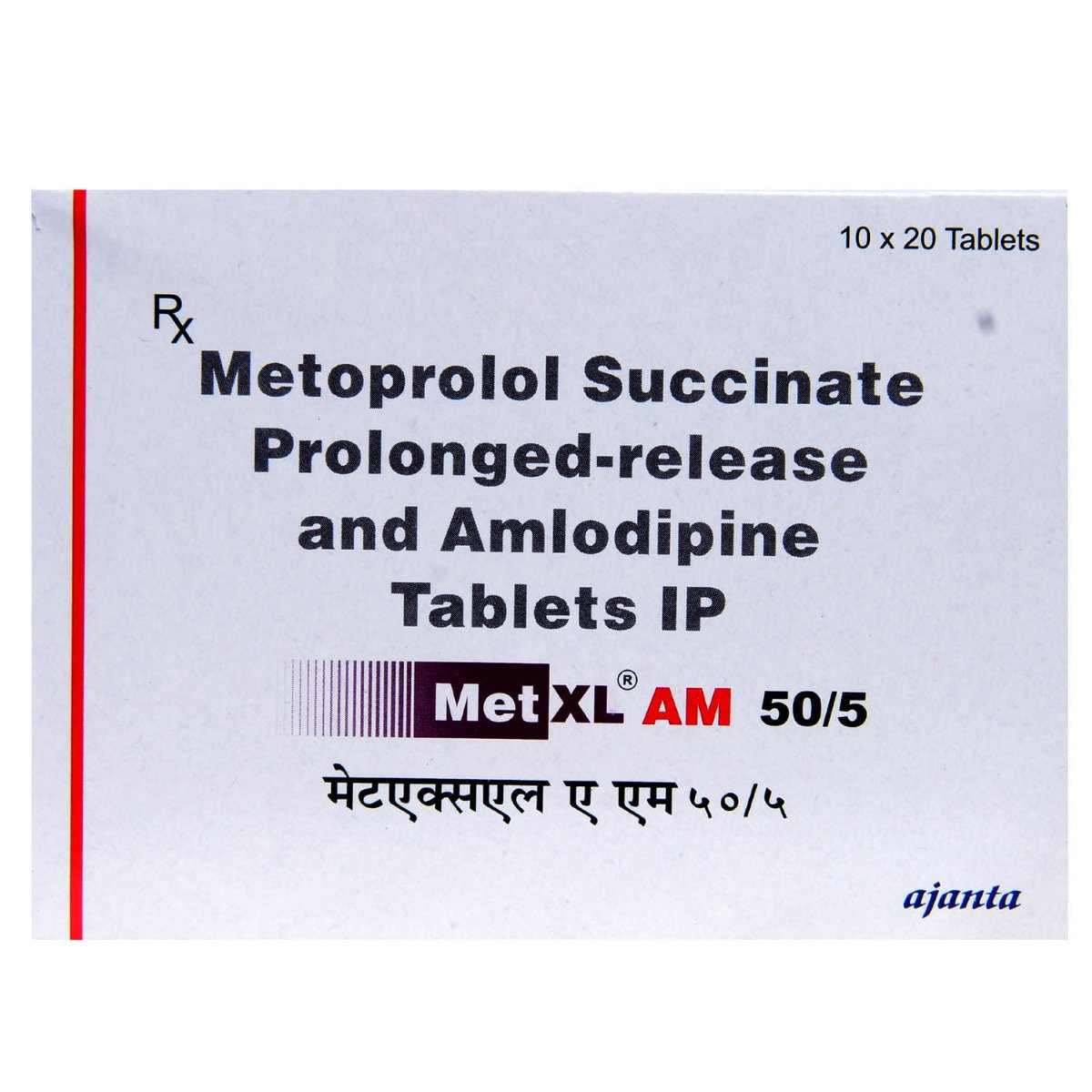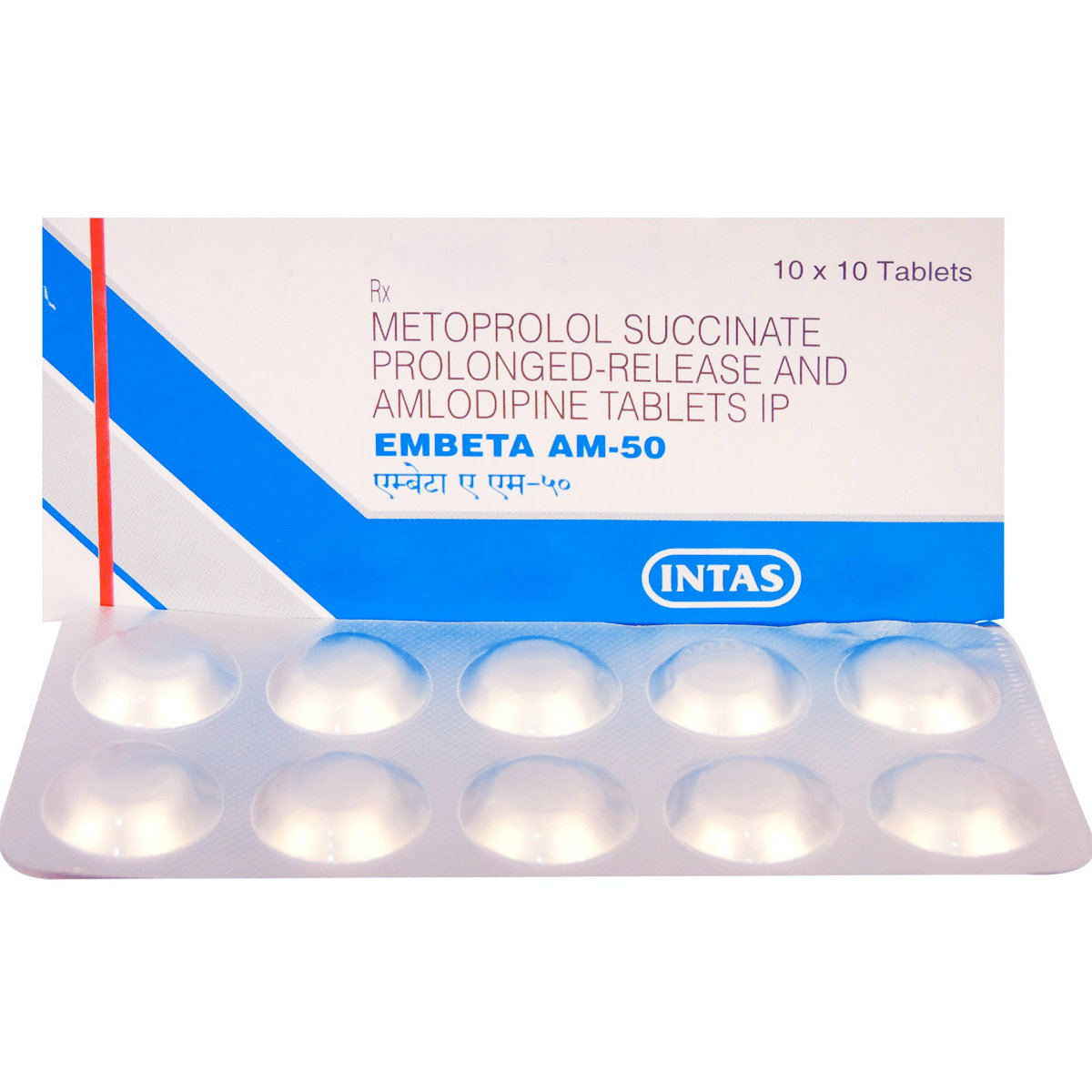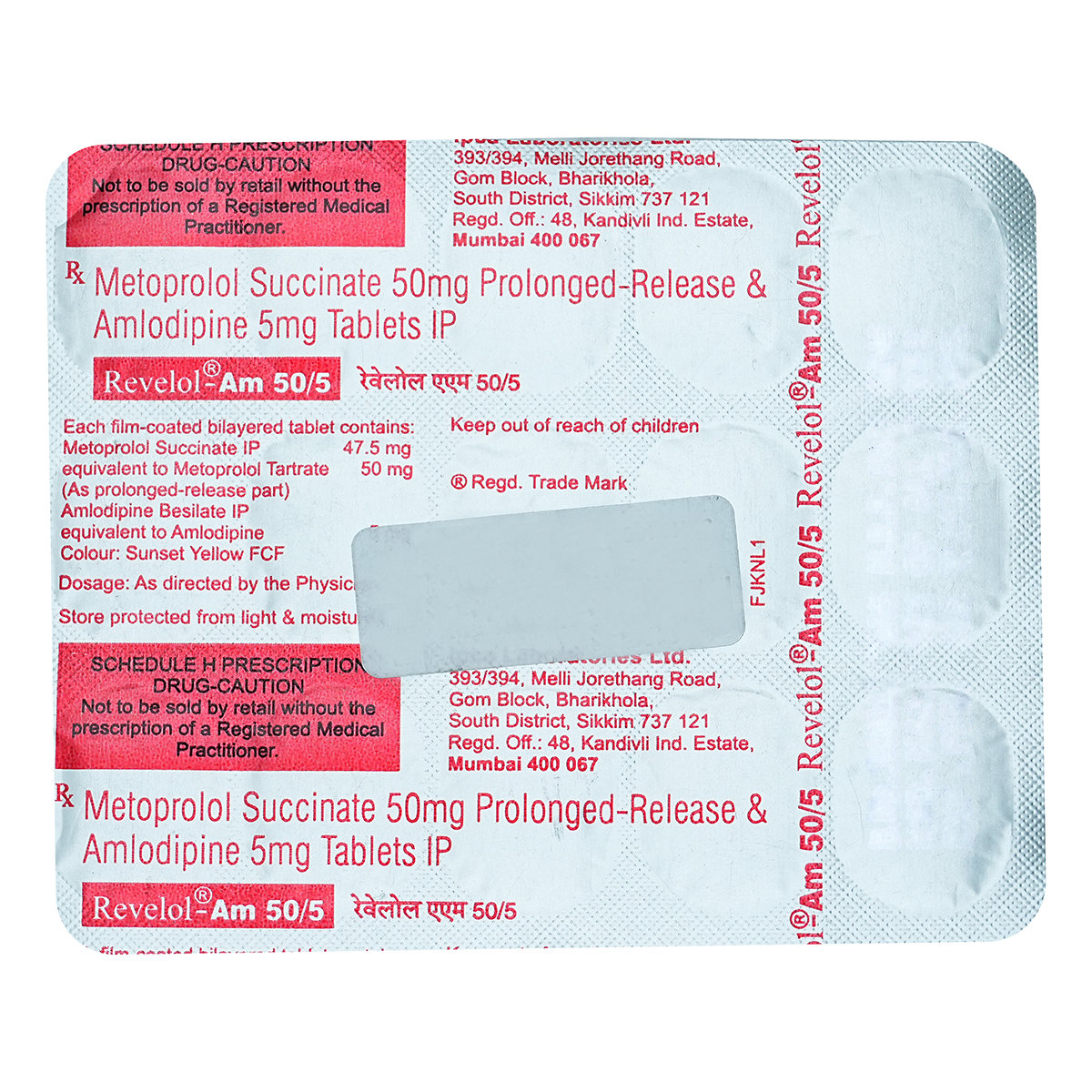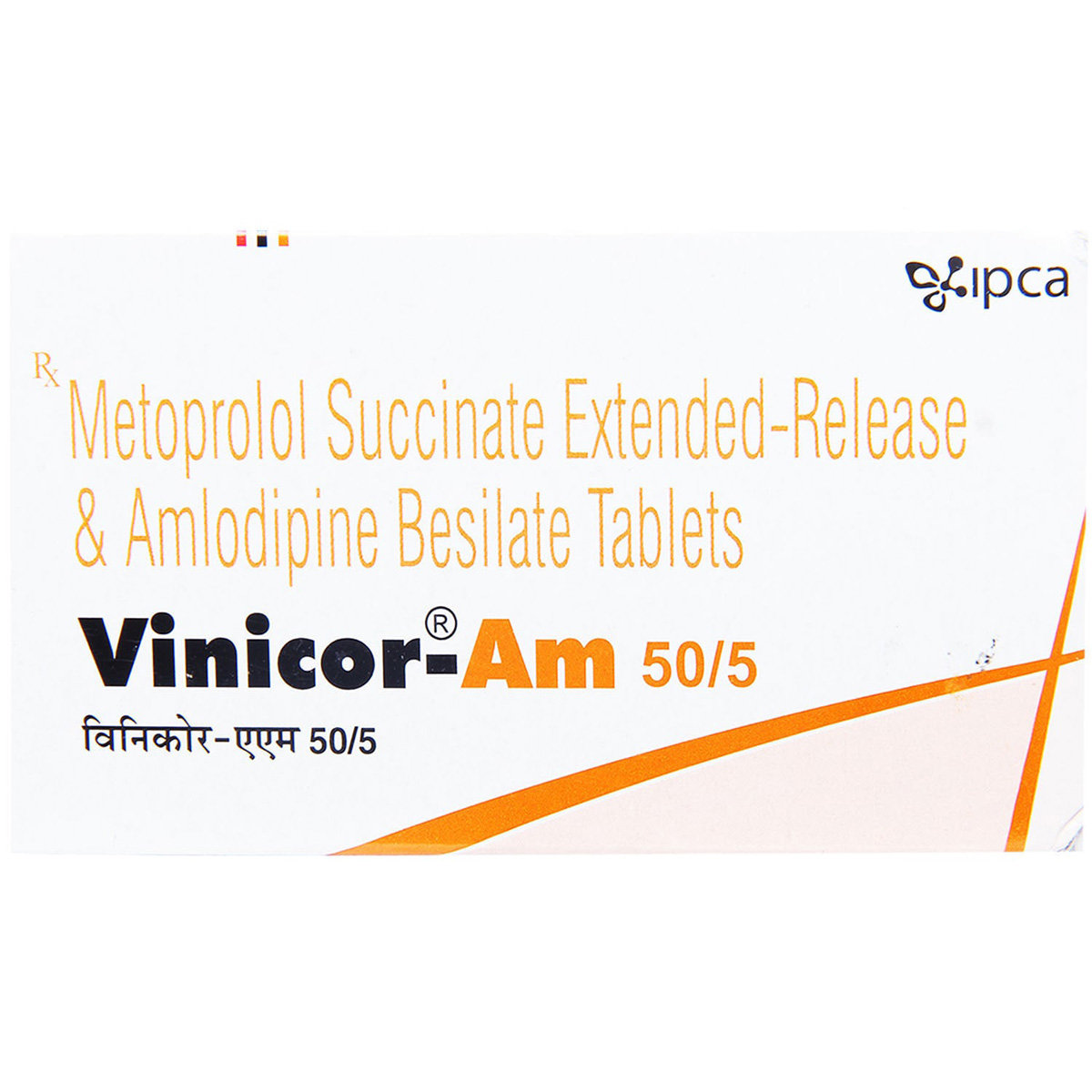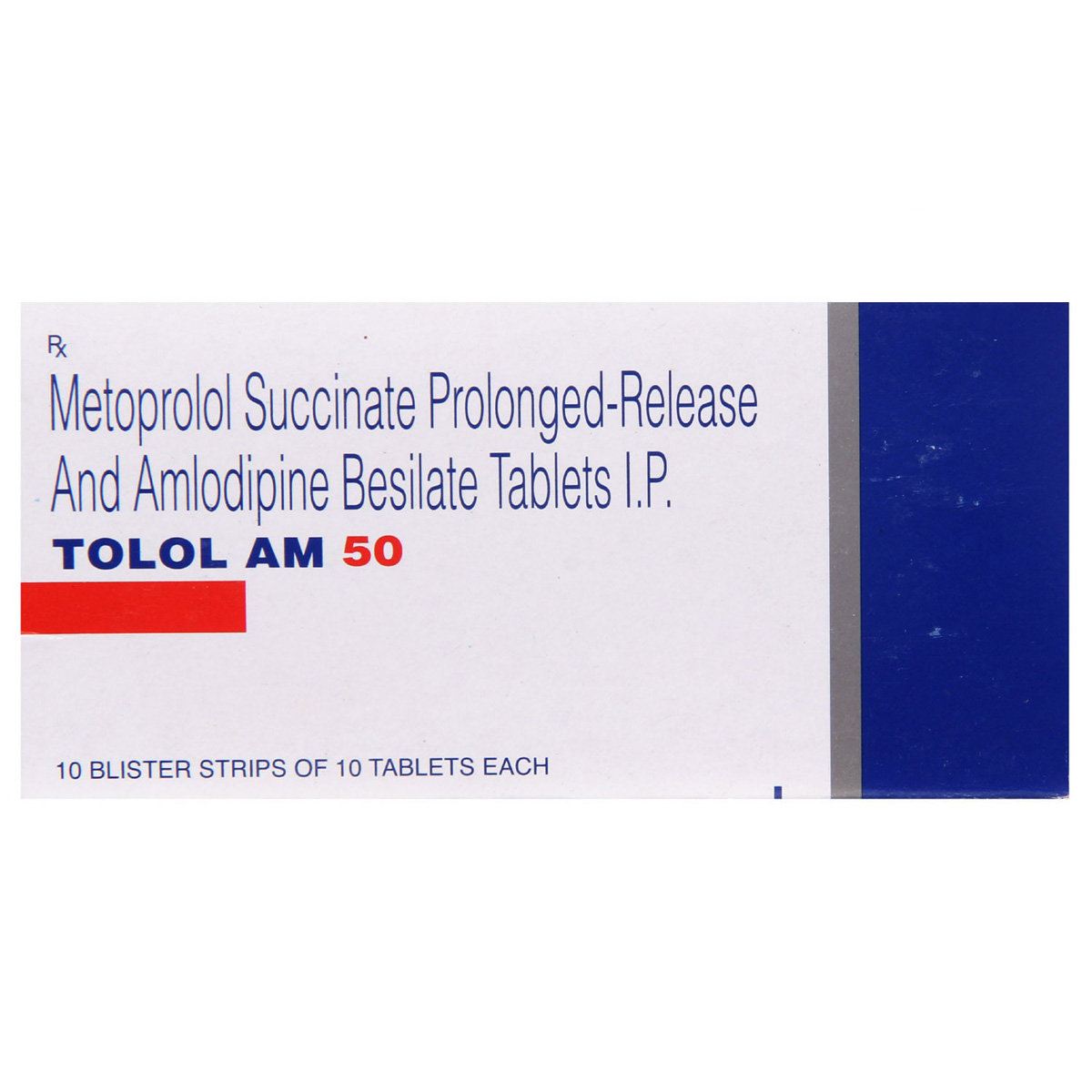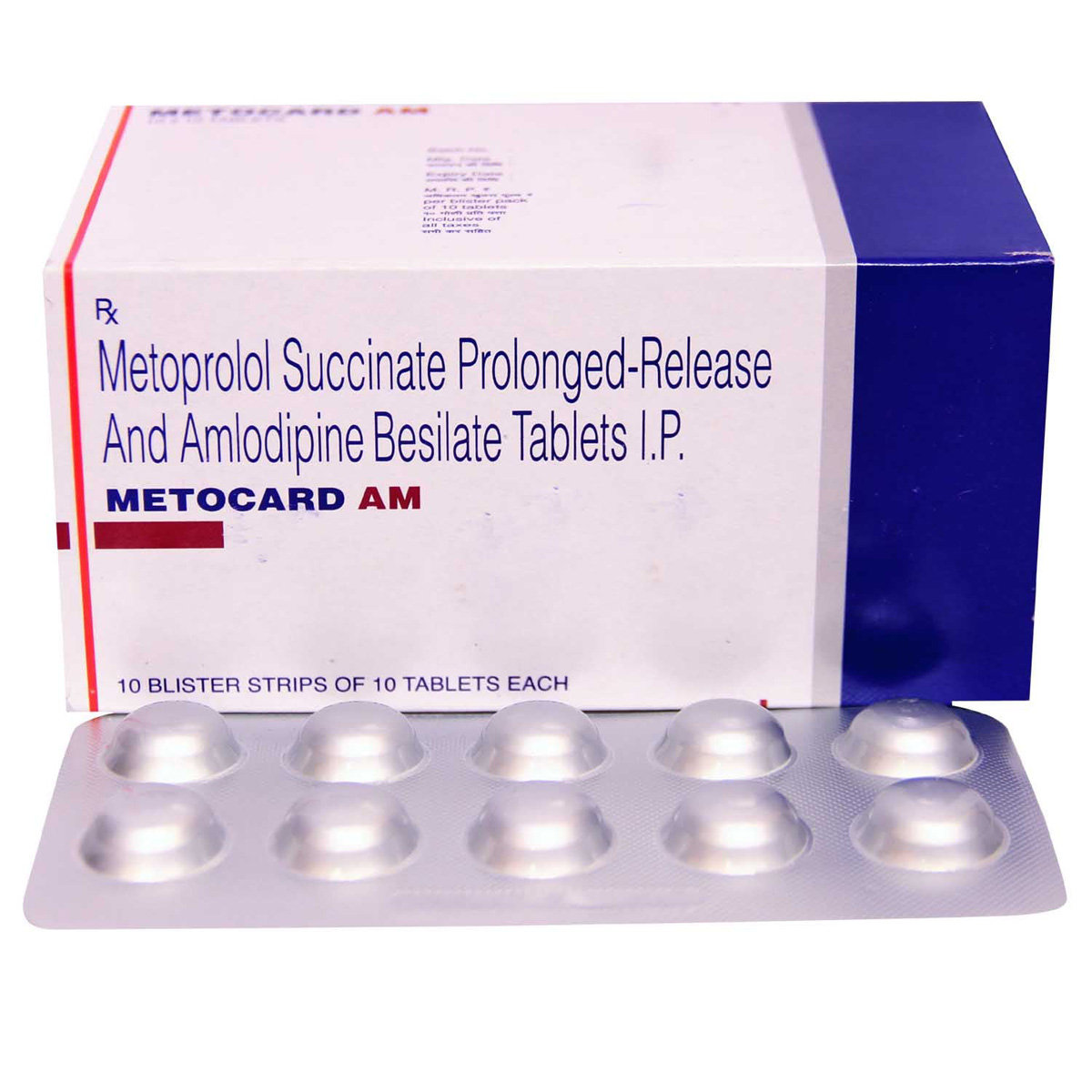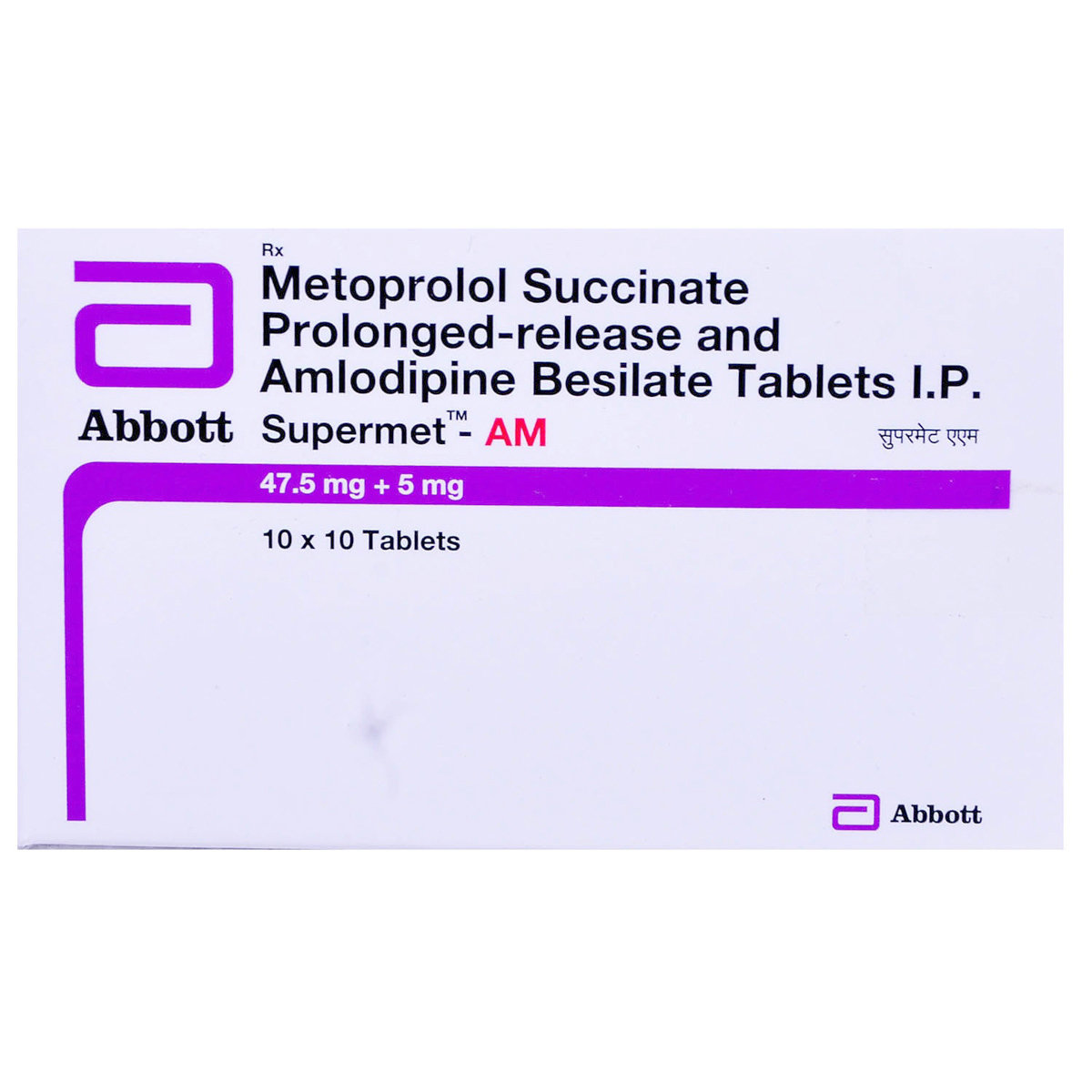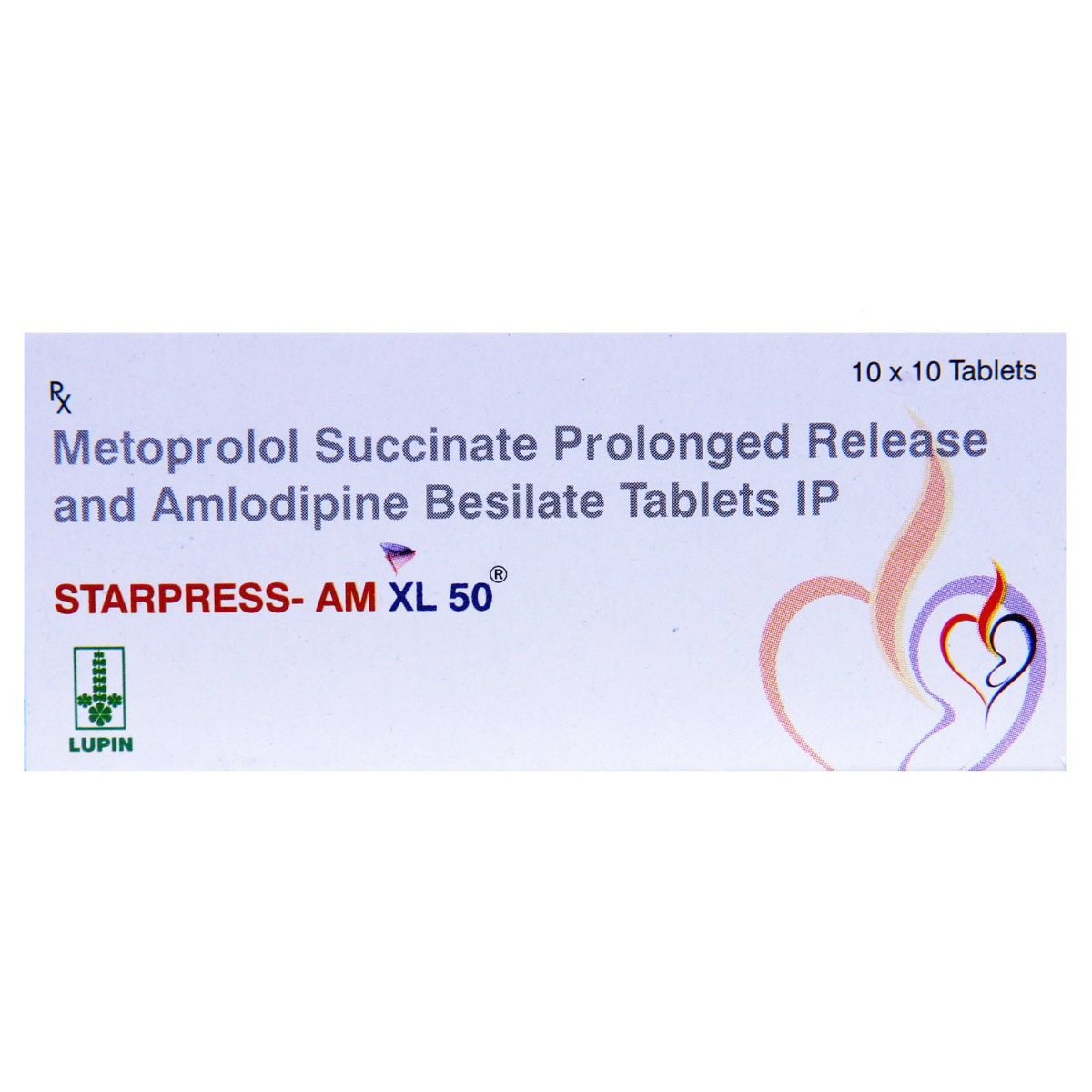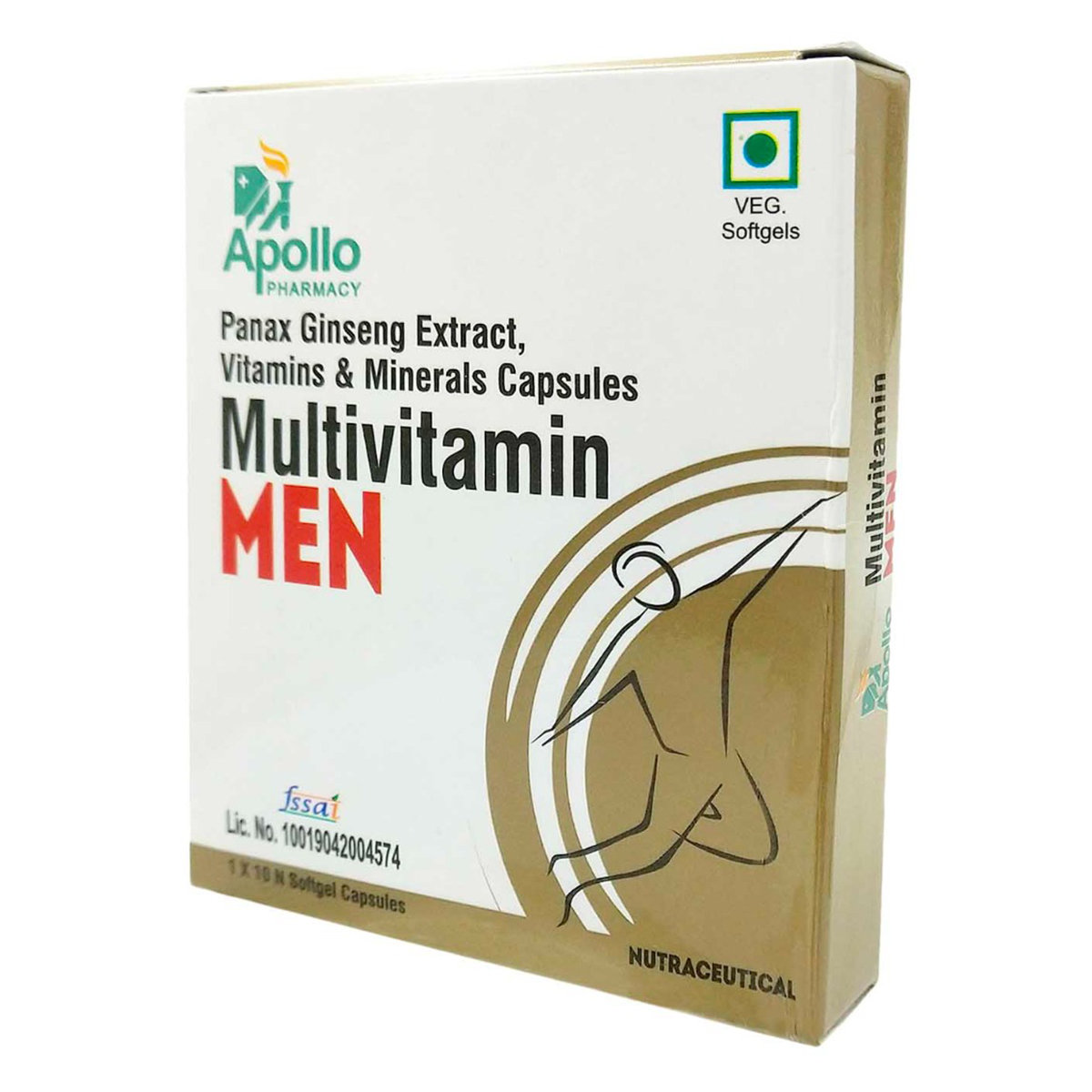Betabest AM 50 Tablet
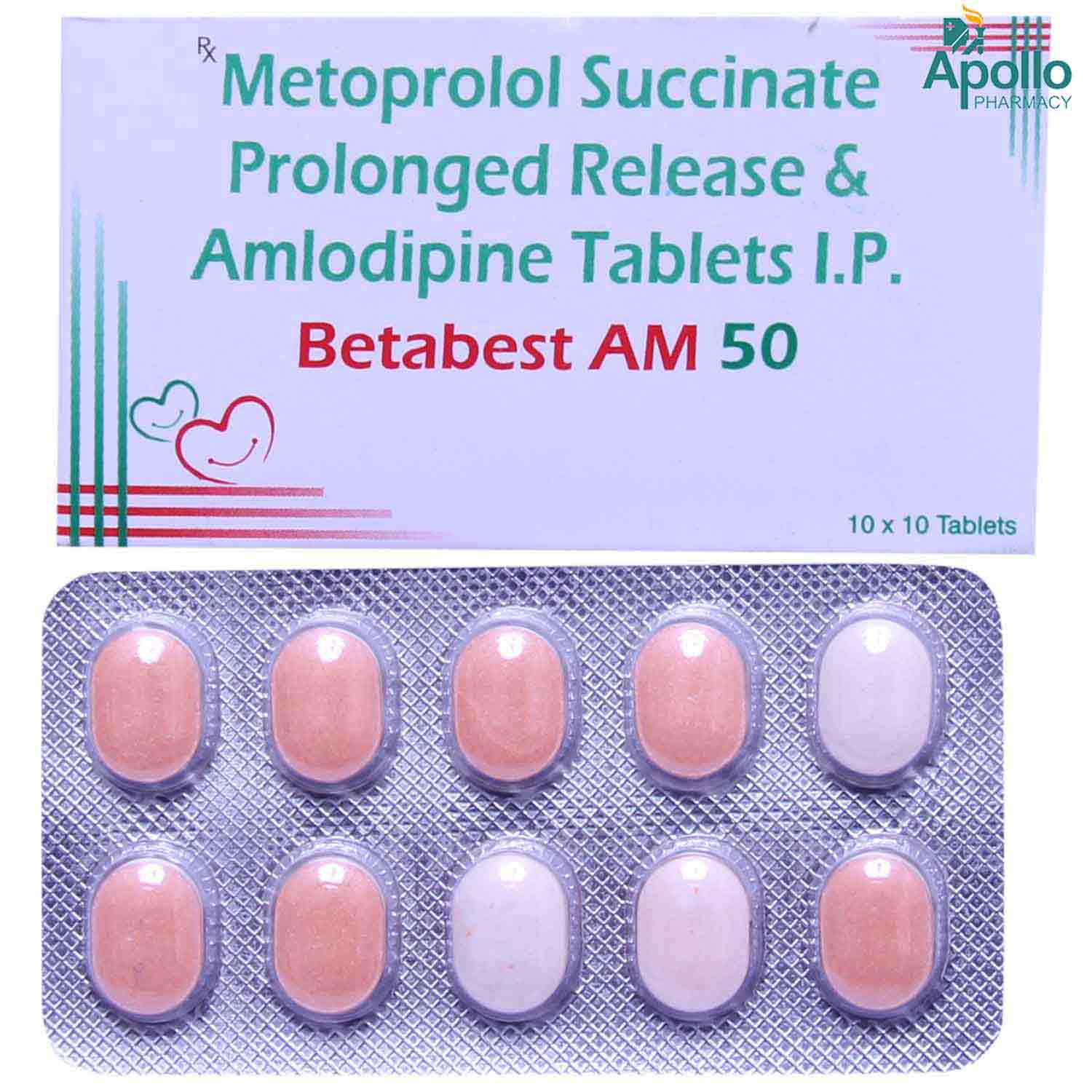
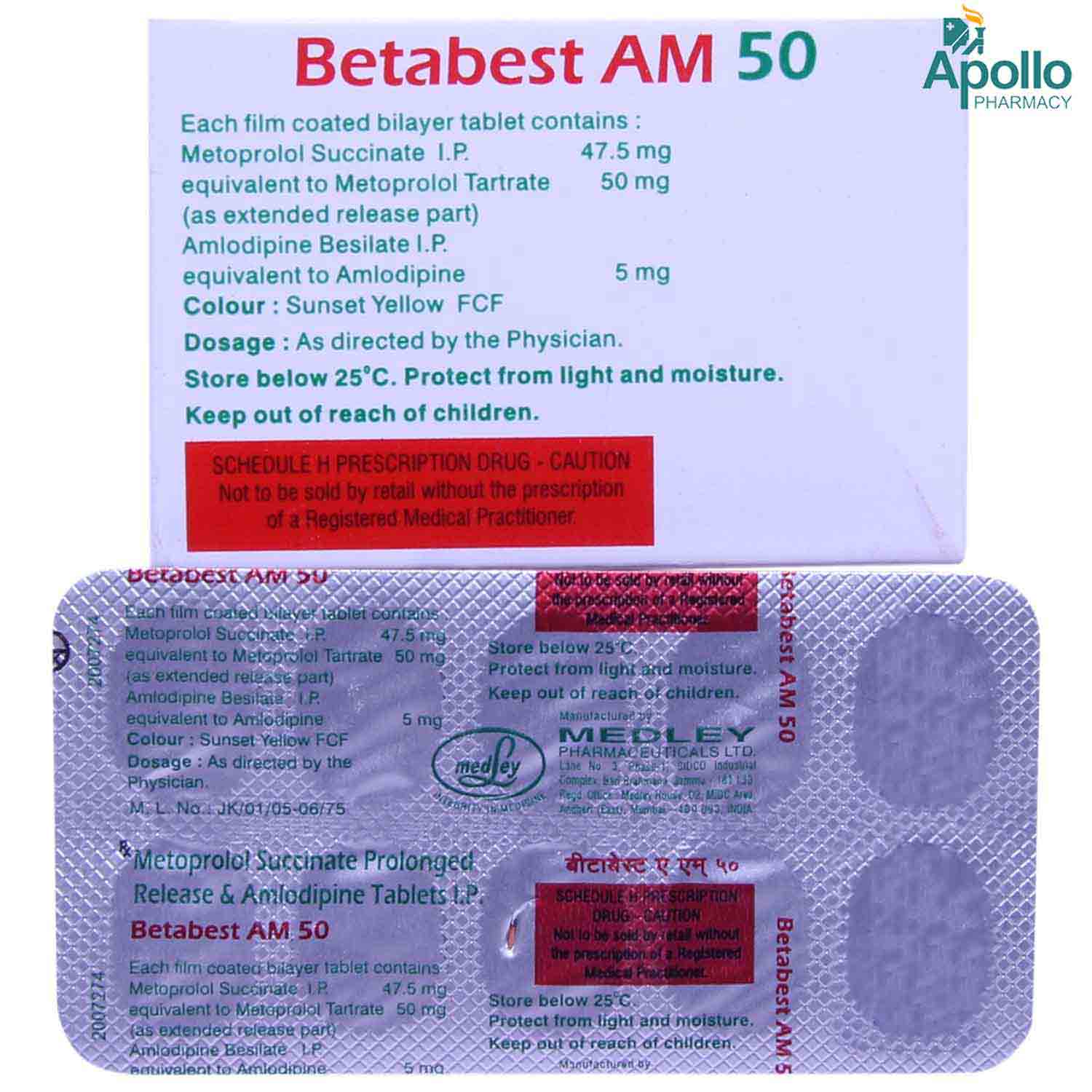
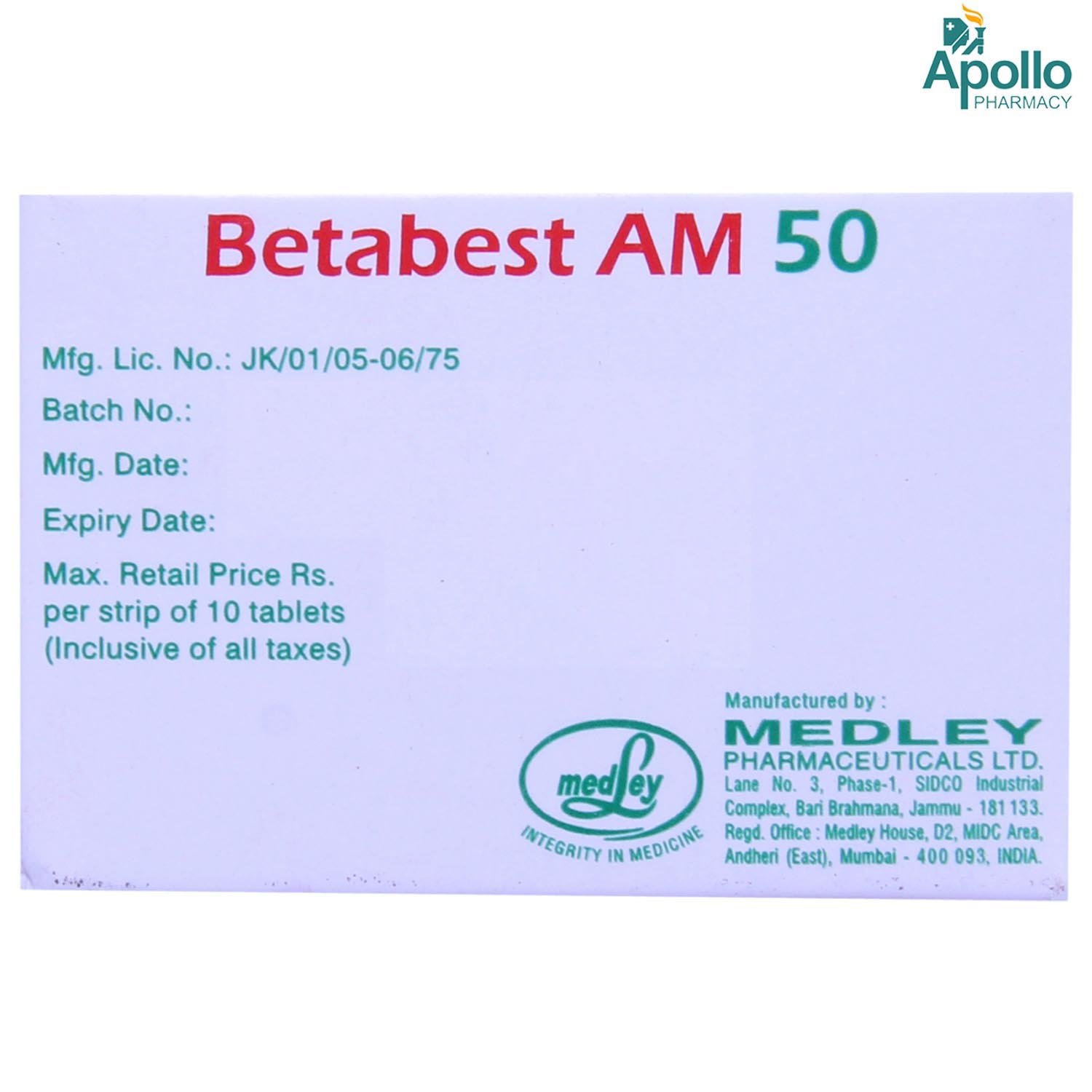
MRP ₹105.5
(Inclusive of all Taxes)
₹15.8 Cashback (15%)
know your delivery time
Provide Delivery Location
Composition :
Manufacturer/Marketer :
Consume Type :
Expires on or after :
Return Policy :

Secure Payment

Trusted by 8 Crore Indians

Genuine Products
Therapeutic Class
Country of origin
Manufacturer/Marketer address
Disclaimer
Alcohol
Safe if prescribed
You are recommended not to consume alcohol along with Betabest AM 50 Tablet to avoid unpleasant side-effects.
Pregnancy
Consult your doctor
Betabest AM 50 Tablet is not recommended during pregnancy unless your doctor considers it essential. Your doctor will weigh the benefits and any potential risks before prescribing it to you.
Breast Feeding
Consult your doctor
Betabest AM 50 Tablet is not recommended while breastfeeding.
Driving
Safe if prescribed
Betabest AM 50 Tablet is unlikely to affect your ability to drive or to operate machinery. However, some people may occasionally feel dizzy or tired when taking Propranolol. If this happens to you, ask your doctor for advice.
Liver
Consult your doctor
Betabest AM 50 Tablet to be taken with caution, especially if you have a history of Liver diseases/conditions. The dose may have to be adjusted by your doctor.
Kidney
Consult your doctor
Betabest AM 50 Tablet to be taken with caution, especially if you have a history of Kidney diseases/conditions. The dose may have to be adjusted by your doctor.
Children
Safe if prescribed
The safety and efficacy of Betabest AM 50 Tablet in children have not been established. Betabest AM 50 Tablet is not recommended in children.
Product Substitutes
About Betabest AM 50 Tablet
Betabest AM 50 Tablet belongs to the class of drugs known as antihypertensive, used to treat hypertension (increased blood pressure). Hypertension (high blood pressure) is a lifelong or chronic condition in which the force exerted by the blood against the artery walls becomes so high that it leads to heart disease. If it continues for a long time, the heart and arteries may not function properly. This can damage the blood vessels of the brain, heart, and kidneys, resulting in a stroke, heart failure, or kidney failure. Lowering blood pressure may reduce the risk of stroke and heart attacks.
Betabest AM 50 Tablet is a fixed-dose combination composed of two medicines, namely: Amlodipine and Metoprolol. Amlodipine is a calcium channel blocker while Metoprolol belongs to a group of medicines called beta-blockers. Metoprolol relaxes blood vessels by blocking the action of certain natural substances in your body. On the other hand, Amlodipine widens and relaxes the blood vessels making the heart more efficient at pumping blood throughout the body. Together, it helps to lower high blood pressure, reducing the chances of heart attack or stroke. Betabest AM 50 Tablet is prescribed to adults and children more than six years of age.
Betabest AM 50 Tablet can be taken with or without food as directed by your physician. Swallow the whole tablet with a glass of water. Do not crush, chew, or break it. Betabest AM 50 Tablet is preferable to take at the same time every day for better results. Betabest AM 50 Tablet is generally safe to consume. Some people may experience nausea, vomiting, diarrhoea, fatigue, headache, low heart rate, and breathlessness. Most of the side effects of Betabest AM 50 Tablet do not require medical attention and gradually resolve over time. However, if the side effects are persistent, reach out to your doctor.
Don't stop taking $ name without talking to your doctor first. Stopping Betabest AM 50 Tablet gradually may cause changes in your heart rhythm and blood pressure, cause chest pain, or a heart attack. Your doctor will lower your dose gradually over some time to help prevent these symptoms. It is advisable to drink plenty of fluids while taking this medicine to overcome muscle weakness, dry mouth, and extreme thirst. Do not take grapefruit or grapefruit juices with Betabest AM 50 Tablet as it can increase the concentration of Betabest AM 50 Tablet and worsen its side effects.
Uses of Betabest AM 50 Tablet
Medicinal Benefits Mweb
Key Benefits
Betabest AM 50 Tablet is used to treat heart-related conditions like angina (chest pain) and high blood pressure. Amlodipine is a calcium channel blocker that inhibits the entry of calcium (ions) across the heart that relaxes and widens the heart smooth muscles for better blood flow. Metoprolol plays a vital role in relaxing our blood vessels and lowering blood pressure by blocking the action of certain natural substances in your body. Besides this, Betabest AM 50 Tablet help prevent spasm of the coronary artery and reduces how hard the heart has to work to pump blood around the body, lowering its oxygen requirements. It improves an individual’s tolerance to physical activity and exercise to keep their blood pressure normal during exercise. As a result, heart rate is at maximum, and exercise does not affect the blood pressure in anyways.
Directions for Use
Side Effects of Betabest AM 50 Tablet
- Oedema (swelling)
- Dizziness
- Flushing
- Palpitation
- Vertigo
- Bradycardia (slow heart rate)
- Headache
- Feeling exhausted
- Swollen ankles
- Flushing
- Stomach upset
- Increased levels of potassium in the blood
- Dry mouth
- Change in taste
- Blurred vision
- Difficulty in breathing
- Cold fingers or toes
Drug Warnings
Don't stop taking the medication without talking to your doctor first. Stopping Betabest AM 50 Tablet gradually may cause changes in your heart rhythm and blood pressure, cause chest pain, or a heart attack. Your doctor will lower your dose gradually over a period of time to help prevent these symptoms. Betabest AM 50 Tablet can cause low blood sugar (hypoglycaemia). This medication should be used with caution if you have diabetes, particularly if you are taking insulin or other diabetes drugs that may cause low blood sugar. This medication can also induce low blood sugar in babies, children and adults who do not have diabetes. Do not take Betabest AM 50 Tablet if you have asthma or similar breathing difficulties. It could make your asthma severe.
Drug-Drug Interactions
Drug-Drug Interactions
Login/Sign Up
Using Betabest AM 50 Tablet together with dantrolene may increase the risk of hyperkalemia (high blood potassium).
How to manage the interaction:
Taking Betabest AM 50 Tablet with Dantrolene can cause an interaction, consult a doctor before taking it. You should seek medical attention if you experience nausea, vomiting, weakness, confusion, tingling of the hands and feet, a weak pulse, or a slow or irregular heartbeat. Do not stop using any medications without talking to a doctor.
Using Betabest AM 50 Tablet and mitotane together may drastically lower Betabest AM 50 Tablet blood levels, which makes the medicine less effective.
How to manage the interaction:
Although co-administration of Betabest AM 50 Tablet with mitotane can result in an interaction, it can be taken if a doctor has advised it. Do not discontinue any medications without consulting a doctor.
Using phenobarbital and Betabest AM 50 Tablet may drastically lower Betabest AM 50 Tablet blood levels, which makes the medicine less effective.
How to manage the interaction:
Although co-administration of phenobarbital with Betabest AM 50 Tablet can result in an interaction, it can be taken if a doctor has advised it. Do not discontinue any medications without consulting a doctor.
Coadministration of Betabest AM 50 Tablet and carbamazepine together may significantly reduce Betabest AM 50 Tablet blood levels, making the medicine less effective.
How to manage the interaction:
Although there is an interaction between Betabest AM 50 Tablet with carbamazepine, it can be taken if a doctor has advised it. However, if you experience any unusual symptoms contact the doctor immediately. Do not stop using any medications without talking to a doctor.
Using Betabest AM 50 Tablet and phenytoin together may drastically lower Betabest AM 50 Tablet blood levels, which makes the medicine less effective.
How to manage the interaction:
Although Betabest AM 50 Tablet with phenytoin can result in an interaction, it can be taken if a doctor has advised it. Do not discontinue any medications without consulting a doctor.
Using Betabest AM 50 Tablet and primidone together may lower Betabest AM 50 Tablet blood levels, which makes the medicine less effective.
How to manage the interaction:
Although co-administration of Betabest AM 50 Tablet with primidone can result in an interaction, it can be taken if a doctor has advised it. Do not discontinue any medications without consulting a doctor.
Coadministration of lemborexant and Betabest AM 50 Tablet may increase the blood levels of lemborexant.
How to manage the interaction:
Although co-administration of Betabest AM 50 Tablet with Lemborexant can result in an interaction, it can be taken if a doctor has advised it. However, consult your doctor if you experience abnormal sleep patterns, worsening of depression, changes in heartbeat, or headache. Do not discontinue any medications without consulting a doctor.
Taking simvastatin with Betabest AM 50 Tablet may result in considerably higher blood levels of simvastatin and may increase the risk of side effects (liver damage and rhabdomyolysis - an uncommon but serious illness characterized by the breakdown of skeletal muscle tissue).
How to manage the interaction:
Although taking Betabest AM 50 Tablet with simvastatin can result in an interaction, it can be taken if a doctor has advised it. If you have unexplained muscular pain, soreness, or weakness while using simvastatin, especially if these symptoms are accompanied by fever or dark-colored urine, consult the doctor immediately. However, if you develop a fever, chills, joint pain or swelling, unusual bleeding or bruising, skin rash, itching, loss of appetite, fatigue, nausea, vomiting, dark colored urine, and/or yellowing of the skin or eyes, consult the doctor. Do not stop using any medications without a doctor's advice.
Co-administration of Betabest AM 50 Tablet can make Sirolimus may increase the risk of angioedema (a condition associated with swelling of the face, eyes, lips, tongue, throat, and occasionally also the hands and feet).
How to manage the interaction:
There may be a possibility of interaction between Betabest AM 50 Tablet and Sirolimus, but it can be taken if prescribed by a doctor. However, consult the doctor if you notice any swelling of the face, eyes, lips, tongue, throat, hands and feet or have trouble breathing or swallowing. Do not stop using any medications without a doctor's advice.
Co-administration of Tizanidine and Betabest AM 50 Tablet can increase the risk or severity of developing side effects like low blood pressure.
How to manage the interaction:
Although co-administration of Betabest AM 50 Tablet with tizanidine can result in an interaction, it can be taken when a doctor has advised it. However, if you experience headache, dizziness, palpitations, or irregular heart rate while taking these drugs, contact the doctor immediately. Use caution while getting up from a sitting or sleeping position and avoid driving or using dangerous machinery. Do not discontinue any medications without consulting the doctor.
Drug-Food Interactions
Drug-Food Interactions
Login/Sign Up
Grapefruit Juice, Grapefruit
How to manage the interaction:
Taking Amlodipine and Metoprolol with grapefruit and grapefruit juice significantly increases the metabolism of Amlodipine. Avoid taking Amlodipine and Metoprolol with grapefruit and grapefruit juice.
Drug-Diseases Interactions
Drug-Diseases Interactions
Login/Sign Up
Drug-Drug Interactions Checker List
- ATENOLOL
- BISOPROLOL
- METOPROLOL
- NEBIVOLOL
- SOTALOL
- LISINOPRIL
- ENALAPRIL
- DILTIAZEM
- PRAZOSIN
- THEOPHYLLINE
- FLUOXETINE
- PAROXETINE
- DIGOXIN
- KETOCONAZOLE
- ITRACONAZOLE
- RITONAVIR
Habit Forming
Diet & Lifestyle Advise
- Keep your weight under control with BMI 19.5-24.9.
- Do regular physical activity or exercise for at least 150 minutes per week, or about 30 minutes most days of the week. Doing this can help you to lower your raised blood pressure by about 5 mm of Hg.
- Limit intake of sodium chloride (table salt) in your daily diet to 2300 mg per day or less than 1500 mg is ideal for most adults.
- If you are taking alcohol then only one serving for women and two servings for men is advisable.
- Quitting smoking is the best strategy to lower the risk of heart disease.
- Avoid chronic stress as it can raise your blood pressure. Try to enjoy and spent time with your loved ones to cope with stress and practice mindfulness techniques.
- Monitor your blood pressure daily and if there is too much fluctuation then immediately contact your doctor.
- Try to include heart-healthy omega 3 fatty acid containing food drinks in your daily diet. You can also use low-fat cooking oil like olive oil, soybean oil, canola oil, and coconut oil can help in lowering your elevated blood pressure.
All Substitutes & Brand Comparisons
RX
Gudpres AM 50 Tablet 10's
Mankind Pharma Pvt Ltd
₹97
(₹8.74 per unit)
7% CHEAPERRX
Amlokind Beta 50 Tablet 10's
Mankind Pharma Pvt Ltd
₹106.5
(₹9.59 per unit)
RX
Amlopin M Tablet 10's
USV Pvt Ltd
₹134
(₹12.06 per unit)
26% COSTLIER

Have a query?
Buy best Cardiology products by
Torrent Pharmaceuticals Ltd
Sun Pharmaceutical Industries Ltd
Lupin Ltd
Intas Pharmaceuticals Ltd
Cipla Ltd
Micro Labs Ltd
Macleods Pharmaceuticals Ltd
Abbott India Ltd
Ajanta Pharma Ltd
Ipca Laboratories Ltd
Eris Life Sciences Ltd
Mankind Pharma Pvt Ltd
Lloyd Healthcare Pvt Ltd
Dr Reddy's Laboratories Ltd
Glenmark Pharmaceuticals Ltd
Emcure Pharmaceuticals Ltd
Alembic Pharmaceuticals Ltd
Alkem Laboratories Ltd
East West Pharma India Pvt Ltd
USV Pvt Ltd
Zydus Healthcare Ltd
Aristo Pharmaceuticals Pvt Ltd
Elbrit Life Sciences Pvt Ltd
J B Chemicals & Pharmaceuticals Ltd
Zydus Cadila
Akumentis Healthcare Ltd
Alteus Biogenics Pvt Ltd
Hbc Life Sciences Pvt Ltd
Fusion Health Care Pvt Ltd
Troikaa Pharmaceuticals Ltd
La Renon Healthcare Pvt Ltd
Corona Remedies Pvt Ltd
Jubilant Lifesciences Ltd
Medley Pharmaceuticals Ltd
Knoll Healthcare Pvt Ltd
Msn Laboratories Pvt Ltd
Zuventus Healthcare Ltd
Cadila Pharmaceuticals Ltd
Blue Cross Laboratories Pvt Ltd
Lividus Pharmaceuticals Pvt Ltd
Morepen Laboratories Ltd
Ranmarc Labs
Shrrishti Health Care Products Pvt Ltd
Sanofi India Ltd
Steris Healthcare
Elder Pharmaceuticals Ltd
Primus Remedies Pvt Ltd
Unison Pharmaceuticals Pvt Ltd
Eswar Therapeutics Pvt Ltd
Knoll Pharmaceuticals Ltd
Tas Med India Pvt Ltd
Systopic Laboratories Pvt Ltd
Indiabulls Pharmaceuticals Pvt Ltd
Leeford Healthcare Ltd
Sinsan Pharmaceuticals Pvt Ltd
Biochem Pharmaceutical Industries Ltd
Cadila Healthcare Ltd
Azkka Pharmaceuticals Pvt Ltd
Nirvana India Pvt Ltd
Orsim Pharma
Prevego Healthcare & Research Pvt Ltd
Econ Healthcare
Elinor Pharmaceuticals (P) Ltd
FDC Ltd
Sunij Pharma Pvt Ltd
Nicholas Piramal India Ltd
Astra Zeneca Pharma India Ltd
Pfizer Ltd
Lia Life Sciences Pvt Ltd
Shine Pharmaceuticals Ltd
Elicad Pharmaceuticals Pvt Ltd
Indoco Remedies Ltd
Proqol Health Care Pvt Ltd
Vasu Organics Pvt Ltd
Biocon Ltd
Opsis Care Lifesciences Pvt Ltd
Johnlee Pharmaceuticals Pvt Ltd
Merck Ltd
Wockhardt Ltd
Auspharma Pvt Ltd
Ergos Life Sciences Pvt Ltd
Lakshya Life Sciences Pvt Ltd
Ordain Health Care Global Pvt Ltd
Pficus De Med Pvt Ltd
ALICAN PHARMACEUTICAL PVT LTD
RPG Life Sciences Ltd
Glynis Pharmaceuticals Pvt Ltd
Orris Pharmaceuticals
Samarth Life Sciences Pvt Ltd
Aprica Pharmaceuticals Pvt Ltd
Aretaeus Pharmaceuticals Pvt Ltd
Koye Pharmaceuticals Pvt Ltd
Neocardiab Care
Retra Life Science Pvt Ltd
Alniche Life Sciences Pvt Ltd
Alvio Pharmaceuticals Pvt Ltd
Arkas Pharma Pvt Ltd
Atos Lifesciences Pvt Ltd
Divine Savior Pvt Ltd
Metalis Lifesciences Pvt Ltd
Customers Also Bought
Recommended for a 30-day course: 3 Strips

